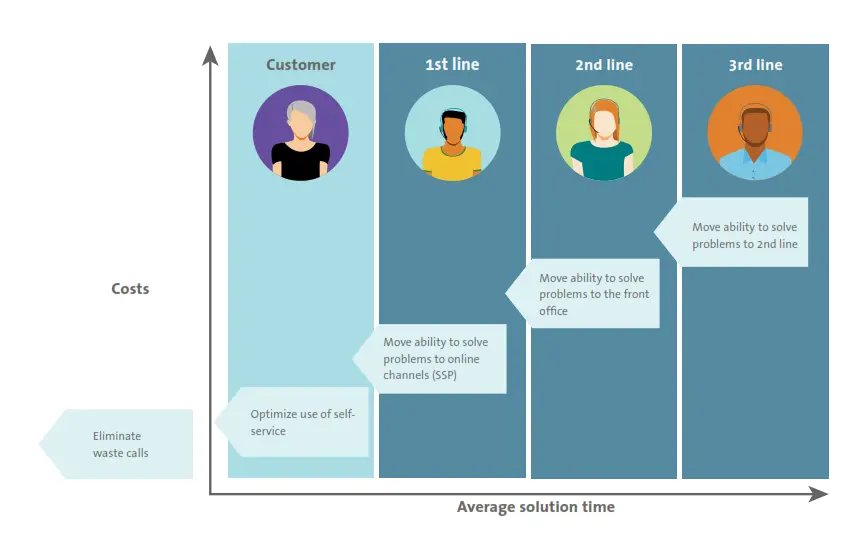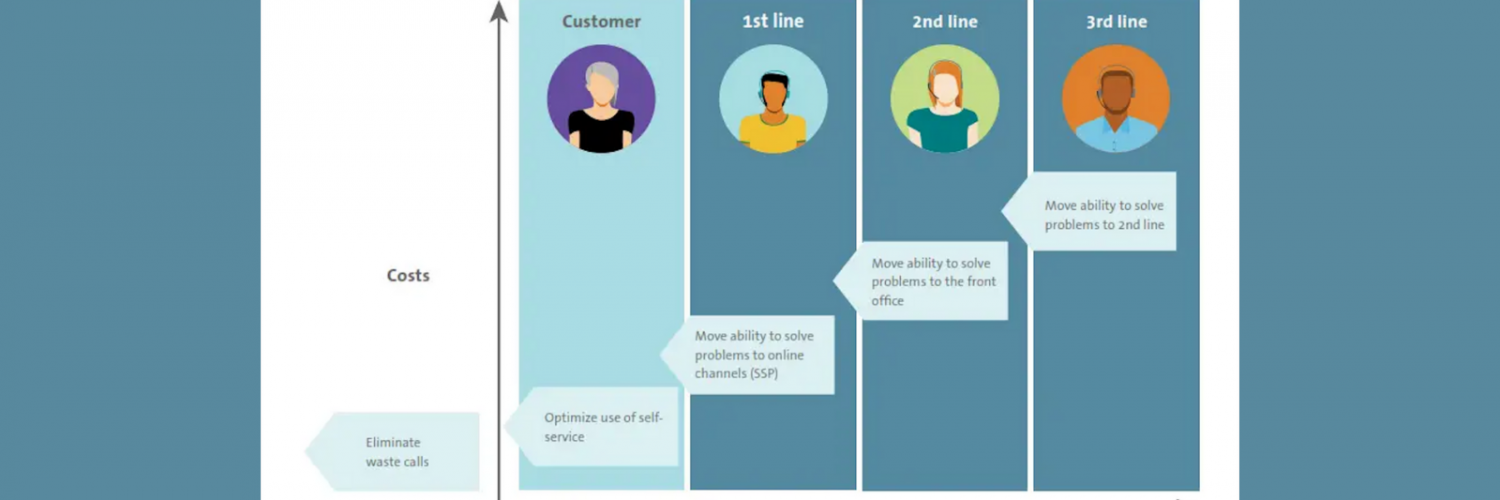By Julian van der Kraats, Leiden University, the Netherlands.
The tools we use for almost everything in our modern world are increasingly more digital and software based. Education is no exception; even though the quality of education will ultimately always rely on the passion, knowledge and creativity of teachers, digital and software based tools are becoming more and more central to how knowledge is shared with students and how collaboration is facilitated. In a sense, everything is becoming “IT” and information technology is evolving rapidly, regularly presenting teachers with new possibilities and new challenges.
Usually, didactic support for teachers is well facilitated, but support for tooling lags behind. The way to tackle this is quite simple: why not use the existing support tools, processes and personnel from the IT-department? IT-departments have a long history of providing support to users of any skill level in a customer-centric and friendly way. Moreover, IT-departments have the tools and processes in place to ensure continuous improvement through customer feedback. All they really need is training and close cooperation with didactic experts.
But what makes integrating the IT-department even more valuable, is that they have processes and practices in place to continually look for opportunities to make life easier for both their customers and support personnel. We will look at two of them.

The first is Shift-Left. If we plot a graph with costs and time to resolution of a request, and look at what happens when a request is handled by the customer himself on the left, then further right the first line support, second line support and the third line (usually an external supplier), you see a steep incline of both costs and time to resolution the further to the right you go. So the goal is obviously to shift requests to the left; from the second line to the first line support, for example by making a knowledge base available to the helpdesk, written by functional managers of the application, that the first line helpdesk may use to quickly answer questions. Or by shifting from the first line to the customer, by making a well kept and easily usable knowledge base available to the customer himself. Or even better; by using customer feedback to redesign tooling in such a way that support questions are being prevented entirely!
Shift-left closely ties in with another practice that is widely used by IT-departments: Knowledge Centered Support (KCS). By far the biggest part of IT-support is answering questions, and because tooling is continuously changing, the questions will never stop coming. KCS defines roles and processes to keep knowledge up to date and relevant, insuring that customers can help themselves so questions to support are prevented. But also that when a question does end up at support, it’s answered correctly and efficiently. In that way, KCS is one of the main drivers of Shift-Left. IT-departments have years of experience with these practices and with the tools to implement them.
Of course, making the best of existing and new technologies requires a didactic point of view that an IT-department just can’t offer. However, if a network for close cooperation between IT and didactic specialists is created, we can continuously offer the best possible support for teachers and students in an ever changing, software-based world.
Editor’s note: Julian van der Kraats will be presenting at the Media & Learning Conference that will take place 2-3 June in Leuven, Belgium. More information about the conference can be found here.

Author
Julian van der Kraats, Leiden University, the Netherlands.














